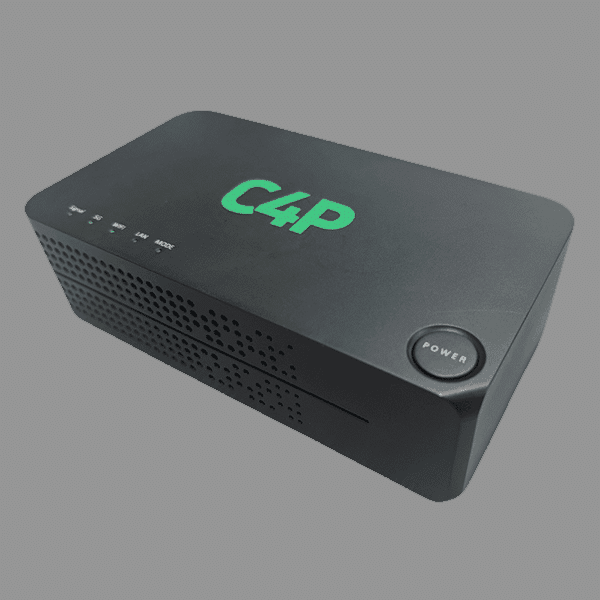It’s been over a week since Telecompetitor last provided an update on the C-band auction and in that time, the money raised has increased more than ten-fold, yet demand continues to exceed supply for most licenses. The auction already has raised over $50 billion, suggesting that the proceeds ultimately will exceed even the highest forecasts.
Information from law firm Keller & Heckman suggests that the auction already has raised more money than any other in U.S. spectrum auction history – a record previously held by the AWS auction, which raised about $45 billion.
C-band auction forecasts called for the auction to raise between $25 billion and $51 billion.
C-Band License Demand
As of day’s end yesterday, 38 bidding rounds had been completed in the C-band auction, also known as Auction 107, but there were only 33 out of 452 total “products” for which demand and supply were equal. For 419 other products, demand exceeds supply.
Licenses in the C-band auction will be issued by partial economic area (PEA), of which there are 406 in the U.S. Fourteen licenses, each for 20 MHz of spectrum, are available in each PEA.
For the majority of PEAs, the term “product” means all licenses in the PEA. For 46 of the 50 most populous PEAs, however, there are two products – one consisting of licenses for spectrum that will be vacated by current users within the next year and one consisting of licenses for spectrum that will be cleared by December 2023.
The current users are satellite operators that use the spectrum, along with additional adjacent spectrum, primarily to distribute video programming. Technology advances have minimized the amount of spectrum that the satellite operators need for that purpose and the operators have agreed to move to the adjacent spectrum in exchange for a piece of the auction proceeds.
C-band Forecasts
The C-band includes spectrum in the 3.7 GHz band. It is considered mid-band spectrum, which is widely viewed as providing the optimum mixture of speed and range for 5G deployments.
The largest mobile carriers and the largest cable companies were approved to bid in the auction, along with smaller mobile and fixed network operators. There are 57 bidders in total.
In preparing C-band forecasts or other forecasts, analysts look at market conditions and previous auctions, and some check key bidders’ finances to determine what they can afford to spend. Nevertheless, some bidders apparently are prepared to pay considerably more than expected for the spectrum.



